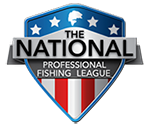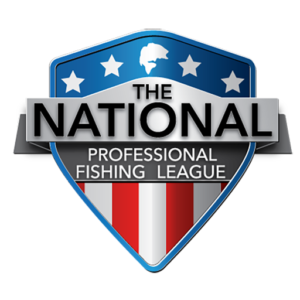Story by Corey Casey | Photos by Tanner & Travis Lyons
When it comes to topwater fishing, there’s something special about a popper. That classic “chug … chug … pause” rhythm can create some of the most explosive, exciting visual bites you’ll ever see.
I like to fish with poppers in calm or slightly rippled waters. I love throwing them in the early morning, late evening, on overcast days, and even in the pouring rain. Typically, I am targeting bass that are roaming shallow flats or grass lines here on Santee Cooper. I also like to throw them over the top of stumps, around trees, seawalls, or just in the shade on a sunny day.
A popper gives you control. You can fish it slow and methodical with long pauses like I like to do around trees and stumps or work it aggressively on the shallow flats and grass line edges, covering water to mimic a fleeing baitfish. That versatility is what makes it deadly in a lot of scenarios.
For schooling bass that are feeding on shad, a popper is—hands-down—my favorite topwater bait. It’s just got the right size, sound, and action to imitate a struggling shad, and you can work it in place to keep it right where the fish are blowing up. The only downside is it doesn’t cast as far as a walking bait like a Zara Spook, which can matter when the fish are schooling way out. But when they’re within range, I’ve had more success getting bites on a popper because of how lifelike and controlled the presentation is.
When fishing a popper, let the fish tell you what they want. Some days they’ll crush it on that steady or fast pop-pop-pop, and other times they want it barely moving with long pauses in between. Start with a mix of cadences—fast, slow, or somewhere in between—and pay attention to how the fish react. The best retrieve is the one they bite, so keep adjusting until they show you what works.
Choosing the correct rod when throwing a popper is very important. I want gear that gives me accuracy and control. That’s why a lot of people choose to use a spinning reel and rod as their popper set up. I personally like a 6-foot-6 to 7-foot medium or medium light casting rod with a fast tip. That softer tip helps you work the bait just right and keeps the trebles pinned during the fight. Too stiff of a rod can rip the hooks right out of the fish’s mouth. I like the shorter rod for better casting accuracy around the cypress trees or making a perfect cast on the edge of a grass line.
For a reel, I go with at least a 7:1 gear ratio baitcaster—fast enough to pick up slack but not so fast that I overwork the bait. When it comes to line, I mostly use monofilament in that 10- to 15-pound test range with 12-pound line being my favorite, but I will use 20- to 30-pound at times for better castability. I never use fluorocarbon because it sinks and pulls the nose of the bait down.
Check out my video here for more popper tips and to hear a couple of stories about my best popper bites.
As always, you can learn these tips in person on Santee Cooper with me during a guided trip. Theres nothing like seeing it in action and getting real-time feedback. Book your trip and let’s get after them!
Corey Casey – Angler Profile





